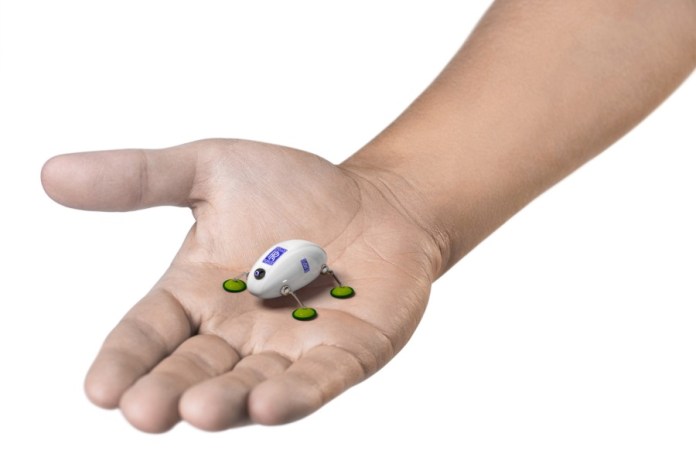Leading technology companies around the world seem to be undertaking projects that will align them with future technologies and current technological advancements. For instance, emerging self-driving startups are set to transform the automobile industry considerably with the unveiling of autonomous driving vehicles.
As a testament to these revolutionary innovations, Rolls-Royce one of the leading premium automaker and aeroplane engine manufacturer, recently made headlines with its demonstration showcasing the future of engine maintenance.
Rolls-Royce demonstrated its new vision at the Farnborough Airshow. The recent announcement is a section of its IntelligentEngine vision, which the company revealed earlier this year at the Singapore Airshow. In the latest showcase, the company showed plans for a swarm of cockroach-like minute robots and a robotic snake that would work harmoniously in inspecting the interior components of aeroplane engines without having to detach them from the plane.
Even though the groundbreaking technology is still in its theoretical stages, yet to be implemented, here is a look at how it ought to operate:
Rolls-Royce is currently working in conjunction with both the University of Nottingham and Harvard University to create 10mm tiny, collaborative robots dubbed SWARM. Once fully operational, the miniature robots are expected to relay to the human operator a live video feed of an engine’s interior using tiny cameras.
During the demonstration, Sebastian de Rivas, a Harvard researcher, said that although scaling such robots to size would be a major hurdle for Rolls-Royce and partners, it is an impediment that researchers at Harvard University have been trying to overcome for about eight years.
For SWARM or the miniature, collaborative bots to enter into the engines would require help from a pair of endoscopic, robots that look like snakes, FLARE. These robots would then slither into the different parts of an aircraft engine while depositing SWARM, specifically at the inspection point. What’s more, Rolls-Royce has plans for FLARE to conduct internal patch repairs after problems have been spotted.
To top up to these ambitious plans, Rolls-Royce also showcased somewhat mature technologies that included a network of INSPECT robots that are periscope-like. The company plans to install these bots inside aircraft engines for consistent spot maintenance. Also, they plan to install remote boreblending bots, which specialist engineers can control in a bid to help deal with complex maintenance functions.
James Kell, an on-wing technology expert at Rolls-Royce, told The Engineer that such kinds of advancements in engineering could bring about additional cost-efficient maintenance of large aircraft, mainly where past maintenance was not only powered by internal sensor data but also performed manually in a process that can take utmost five hours to complete. He added that with robots such as SWARM, the time taken by the process could be reduced to five minutes.
Even though the efficiency of such robotic assistants is irrefutable, their reliability and accuracy are yet to be showcased. In addition, the level of comfort that passengers derive knowing that a swarm of intelligent robotic bugs scrutinized their aircraft is still up for debate.
Source TechCrunch




















